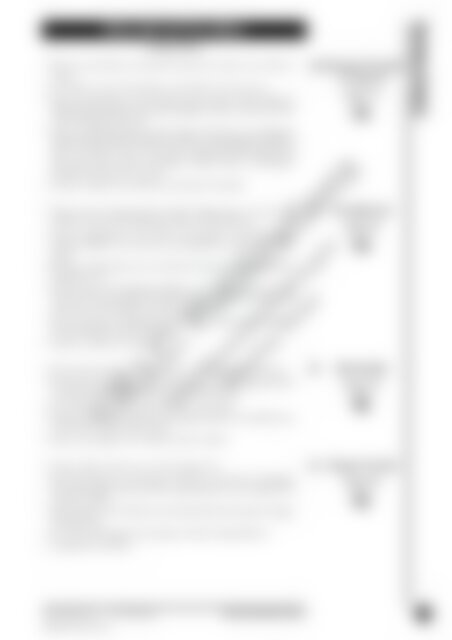RIC-0667 Aboriginal Cult 5-6
You also want an ePaper? Increase the reach of your titles
YUMPU automatically turns print PDFs into web optimized ePapers that Google loves.
<strong>Aboriginal</strong> Families<br />
Teachers Notes<br />
• Write the word ‘family’ on the board. Ask the class what it says and what it<br />
means.<br />
• Ask, ‘Who are some of the people in your family?’ List the answers.<br />
• Present the information to the students using a puppet, firstly reading the<br />
background information then using the puppet to relay it to the class. Focus<br />
on the <strong>Aboriginal</strong> family unit.<br />
• Discuss an <strong>Aboriginal</strong> family. Ask the students if they know any <strong>Aboriginal</strong><br />
families. Who lives with this family? Ask ‘How is an <strong>Aboriginal</strong> family different<br />
from your family?’ ‘How is it the same?’ (Students should recognise that<br />
there may be more than the immediate family living in an <strong>Aboriginal</strong><br />
household and that this is normal.)<br />
• Students complete the worksheet by colouring it with paint.<br />
• Obtain pictures of families from the library. Display these to the class. Ask<br />
students to state who the different members of the families are.<br />
• Focus on grandparents. Ask, ‘Who are the people we call Nanna, Pop,<br />
Granny?’ Explain to the class that our grandparents are the parents of our<br />
parents.<br />
• Illustrate a simple family tree on the board to help students understand who<br />
grandparents are.<br />
• Inform the class that <strong>Aboriginal</strong> children are lucky because some of them<br />
may have their grandparents living with them. Relate the background<br />
information to the students in the form of a story.<br />
• Focus on the role of <strong>Aboriginal</strong> grandparents. (They tell many stories to<br />
their grandchildren about the old ways.)<br />
• Students complete the worksheet.<br />
• Read aloud the background information on <strong>Aboriginal</strong> families. Discuss.<br />
• Encourage students to name some of the people in an <strong>Aboriginal</strong> family who<br />
may live in the same house. Record answers on the board.<br />
• Ask, ‘Where do your aunts and uncles live?’ List answers.<br />
• Explain to students that while not all <strong>Aboriginal</strong> families are extended, many<br />
are, and this is a part of their culture.<br />
• Discuss and complete the worksheet with the students.<br />
<strong>Aboriginal</strong> Families<br />
are Special<br />
(page 27)<br />
Grandparents<br />
(page 28)<br />
Big Families<br />
(page 29)<br />
©R.I.C. Publications<br />
Low Resolution Images<br />
Display Copy<br />
<strong>Cult</strong>ural Identity<br />
• Gather students on the mat or in the reading corner.<br />
• Inform the students you are going to read them a story about an <strong>Aboriginal</strong><br />
boy and his family. (You may wish to photocopy the story on page 26 for<br />
students to follow.)<br />
• Read ‘Doogon’s Story’. When you have finished, discuss the students’ thoughts<br />
about the story.<br />
• Ask, ‘Why did Doogon have his granny and aunt living with him?’<br />
• Complete the worksheet.<br />
Doogon’s Family<br />
(page 30)<br />
www.ricgroup.com.au R.I.C. Publications 25Australian <strong>Aboriginal</strong> <strong>Cult</strong>ure 25<br />
ISBN 978-1-86311-807-1


















